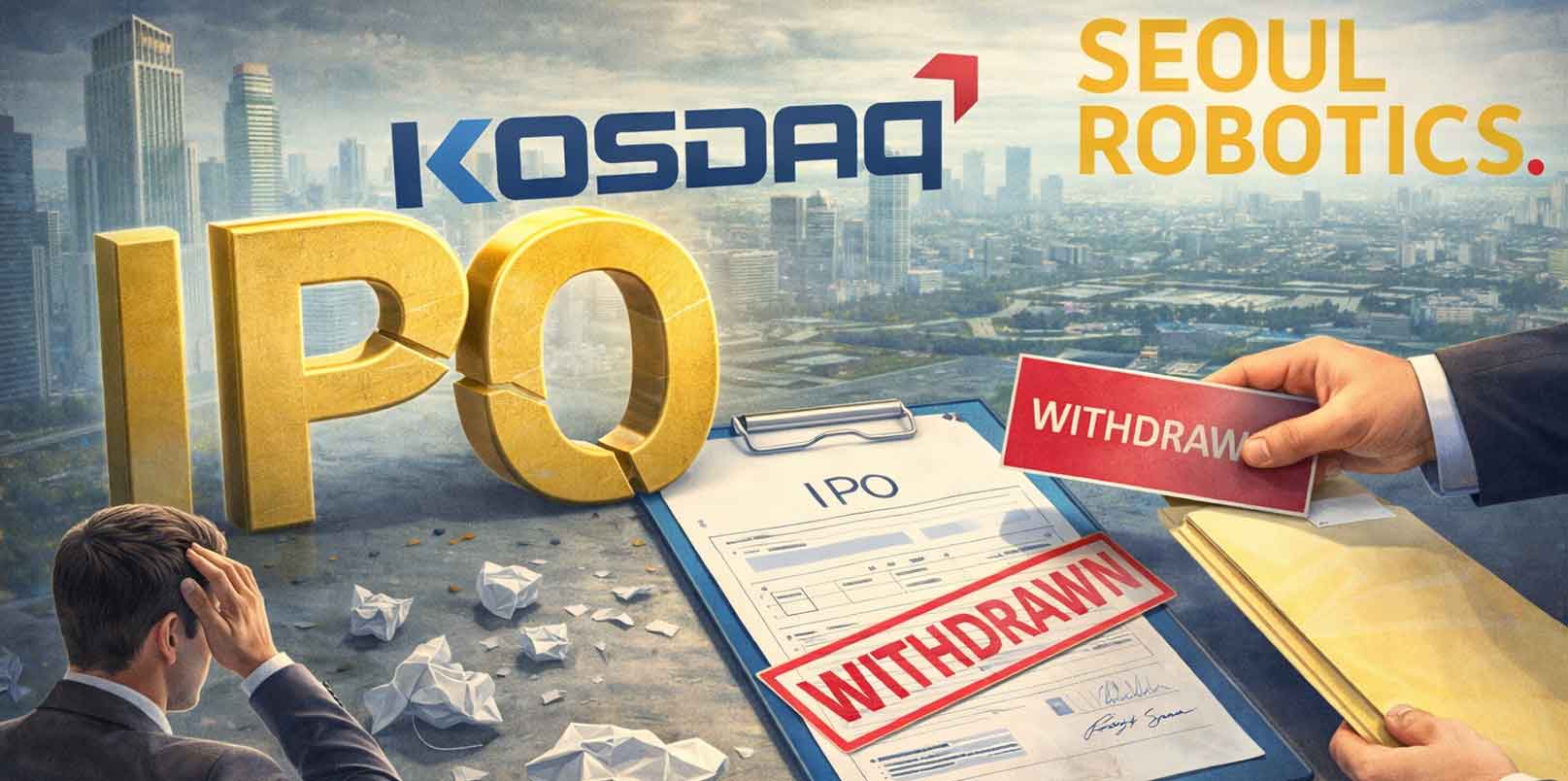Korean mobility solution startup Seoul Robotics is aiming for an initial public offering by 2025. The announcement follows as the company recently finished a Series B funding round with $25 million.
The funding led by KB Investment Co. will be used to boost existing solutions for mobility. Noh and Partners, Future Play, Korean Development Bank, Artesian, and Access Ventures also contributed to Seoul Robotics’ Series B funding round.
Seoul Robotics provides the mobility industry with the most advanced computer vision for 3D sensors and a new approach to automating vehicles called Autonomy Through Infrastructure (ATI). ATI involves placing autonomous driving systems on infrastructure rather than cars to capture the holistic view required to achieve vehicle autonomy. Seoul Robotics has gained substantial recognition over the past few years for pioneering this innovative, infrastructure-based approach to autonomous mobility.
The company is pioneering a new way to leverage the infrastructure that enables autonomous robots and cars to reach their full potential. This novel approach enhances intelligent transportation networks’ scalability and financial viability by removing the prohibitive costs of equipping individual vehicles with cameras and sensors while overcoming safety barriers by creating a shared vision without blind spots.
Seoul Robotics’ proprietary ATI solution, Level 5 Control Tower (LV5 CTRL TWR), consists of a mesh network of sensors and computers installed on infrastructure and uses V2X communication to turn non-autonomous cars into self-driving vehicles. LV5 CTRL TWR utilizes the connectivity already built into today’s modern vehicles to maneuver them autonomously without requiring hardware adjustments. LV5 CTRL TWR is powered by Seoul Robotics’ core technology, SENSR™, an industry-leading, patented 3D perception software using deep learning and weather-filtering capabilities to provide high-resolution environmental insights. The first-of-its-kind, scalable solution achieves whole Level 5 autonomy and can drive hundreds of vehicles simultaneously.
LV5 CTRL TWR is currently being used to automate finished vehicle logistics at a BMW facility in Germany. Automating this historically manual process makes it safer and more efficient while enabling companies to overcome the industry-wide shortage of drivers.
HanBin Lee, CEO and Co-Founder of Seoul Robotics, said his company focuses on automotive logistics. “The moment the car is manufactured until it gets delivered to you, many people need to drive them within the yard,” he said. “But there is a global shortage of drivers. And I think we can automate any type of parking lot and last-mile logistics with infrastructure, whether trucking yards or ports, wherever the driver shortage is in logistics. We are an infrastructure solution company that uses LiDAR. And our smart infrastructure is making non-autonomous cars into self-driving cars through telematics connectivity.”
Also Read,
- Korean Startup Seoul Robotics’ 3D engine for Lidar sensors to make autonomous driving smarter
- Korean startup gets autonomous driving permit in the US for its lidar perception sensor technology
- Korean startup Mars Auto set to launch self-driving trucks in 2023
- German auto parts maker ZF invests in autonomous driving technology developer StradVision






